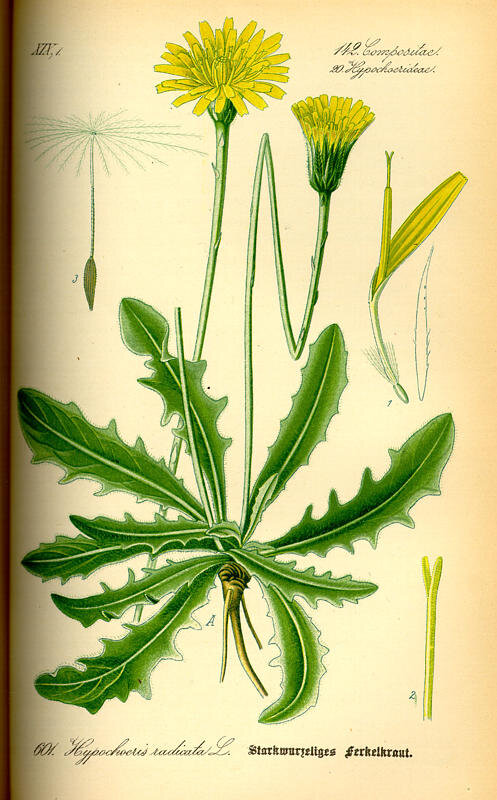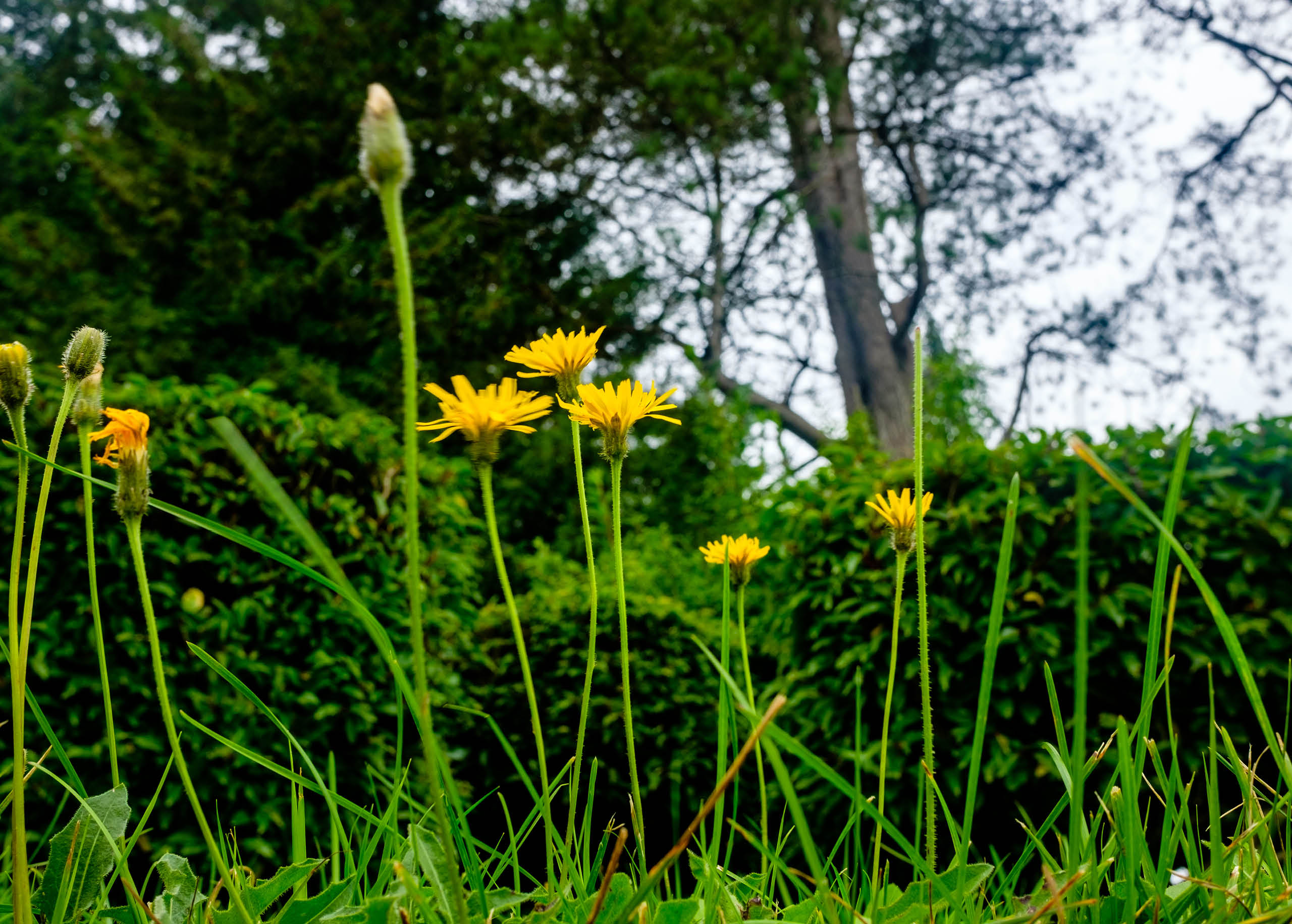How To Get Rid Of Cats Ear Weeds
Title: How to Get Rid of Cats Ear Weeds
Introduction:
Cats ear weeds are a common problem in lawns and gardens. They are easy to identify by their fuzzy, white seed heads that resemble cat's ears. Cats ear weeds can be unsightly and can also make it difficult to mow your lawn. If you have a cats ear weed problem, there are a number of things you can do to get rid of them.
Main Content:
There are two main methods for getting rid of cats ear weeds: manual removal and chemical treatment.
Manual removal:
Manual removal is the most effective way to get rid of cats ear weeds. To remove cats ear weeds by hand, you will need a gardening tool such as a daisy grubber or a garden fork. Gently pry the weed out of the ground, being careful to remove the entire root system. If you cannot remove the entire root system, the weed will simply regrow.
Chemical treatment:
If you have a large infestation of cats ear weeds, you may want to consider using a chemical treatment. There are a number of different herbicides available that can be effective against cats ear weeds. When choosing a herbicide, be sure to select one that is labeled for use on cats ear weeds and that is safe for use in your lawn or garden.
Here are some tips for using herbicides to control cats ear weeds:
- Apply the herbicide to the leaves of the weed, not the soil.
- Apply the herbicide on a dry day when the wind is calm.
- Reapply the herbicide as needed, according to the instructions on the label.
Conclusion:
Getting rid of cats ear weeds can be a challenge, but it is possible. By following the tips in this blog post, you can get rid of these pesky weeds and keep your lawn or garden looking its best.
Common cats-ear (Hypochaeris radicata) is a perennial weed that is often mistaken for dandelions. It has dense hairs that cover its leaves, and its flowers and puffball seed-heads are also similar to dandelions. If you are concerned that you may have cats-ear weed in your yard, you can visit Home Gardening for more information about identification and control.
FAQ of cats ear weed
- What is catsear weed?
Catsear weed (Hypochaeris radicata), also known as false dandelion, flatweed, and hairy cat's ear, is a perennial plant that is native to Europe and Asia. It has been introduced to North America, Australia, and New Zealand, where it is considered an invasive weed. Catsear weed is a low-growing plant with a rosette of leaves and a single flower stalk that can grow up to 12 inches tall. The flower is white with yellow petals and has a distinctive "hairy" appearance.
- How does catsear weed spread?
Catsear weed spreads by seed and by its long, creeping roots. The seeds are easily dispersed by wind and water, and the roots can easily break off and form new plants. Catsear weed can also spread by being transplanted with soil or garden debris.
- What are the problems caused by catsear weed?
Catsear weed can crowd out desirable plants and make it difficult to maintain a healthy lawn or garden. It can also harbor pests and diseases. In some cases, catsear weed has been known to cause allergic reactions in humans and animals.
- How to control catsear weed?
There are a number of ways to control catsear weed. One option is to hand-pull the plants, being careful to remove the entire root. This method is effective for small infestations, but it can be time-consuming and labor-intensive for larger areas. Another option is to use a herbicide. There are a number of herbicides that are effective against catsear weed, but it is important to choose one that is labeled for use on the type of plant you are treating. It is also important to follow the directions on the label carefully to avoid damaging desirable plants.
- Is catsear weed poisonous?
Catsear weed is not considered to be poisonous to humans, but it can cause allergic reactions in some people. In horses, catsear weed is thought to be the cause of Australian stringhalt, a neurological disorder that can cause horses to suddenly rear up and kick.
Image of cats ear weed
10 different images of cats ear weed that are free to use:
- A close-up of a single cat's ear weed leaf. The leaf is oval-shaped with a serrated edge and covered in dense hairs.

- A group of cat's ear weed plants growing in a field. The plants are about 1-2 feet tall and have yellow flowers.

- A cat's ear weed plant with its seed head. The seed head is a white puffball that resembles a dandelion.

- A cat's ear weed plant with its roots. The roots are long and slender and have a white color.

- A cat's ear weed plant in the early stages of growth. The plant is small and has only a few leaves.

- A cat's ear weed plant that has been pulled out of the ground. The roots are still attached to the plant.

- A cat's ear weed plant that has been killed by a weed killer. The plant is brown and wilted.

- A cat's ear weed plant that is growing in a pot. The plant is about 6 inches tall and has several yellow flowers.

- A cat's ear weed plant that is being eaten by a caterpillar. The caterpillar is green and has black stripes.

- A cat's ear weed plant that is being used as a food source by a bee. The bee is collecting pollen from the plant's yellow flowers.

Post a Comment for "How To Get Rid Of Cats Ear Weeds"